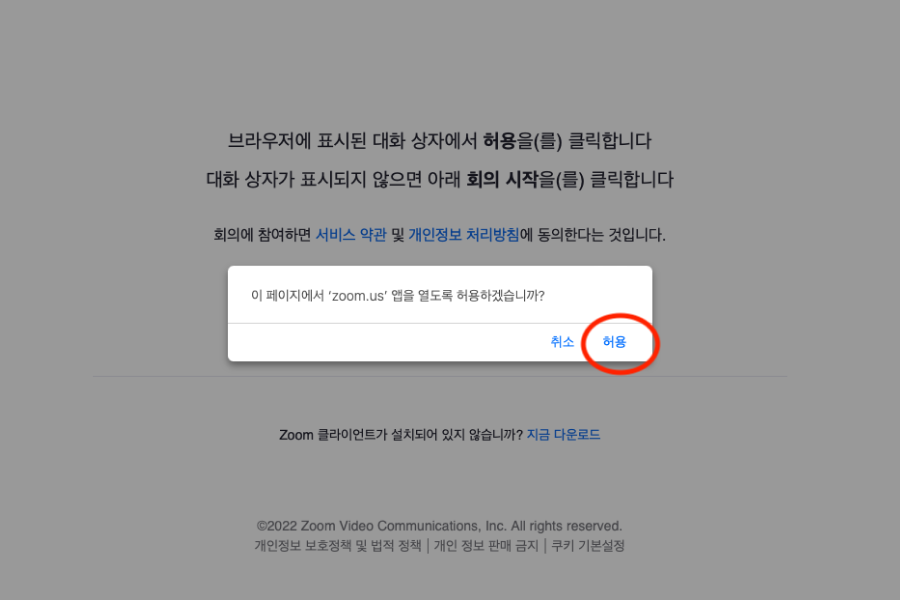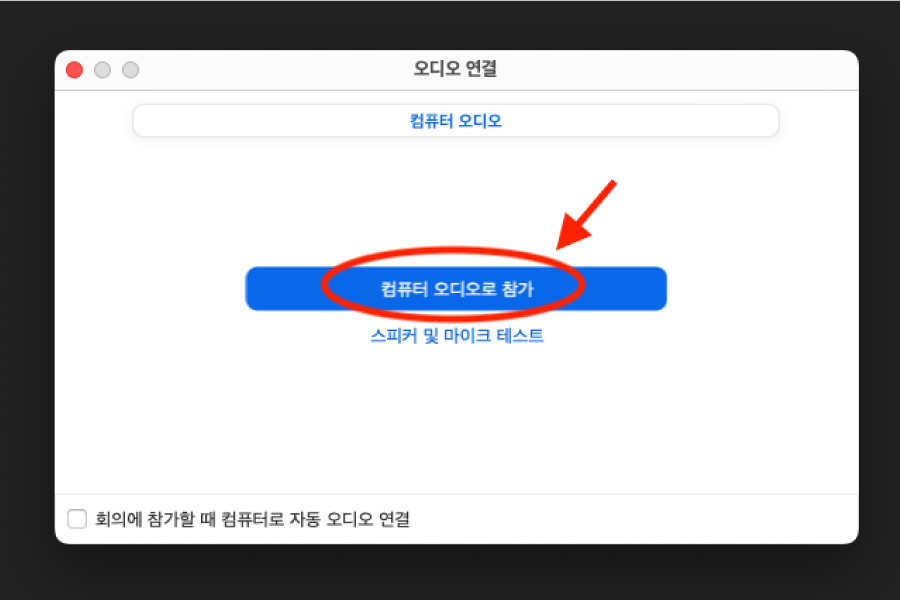On Earth, we have many different kinds of animals. The same goes for habitats! There are two kinds of habitats: terrestrial and aquatic. In aquatic habitats, there are two types: saltwater habitats and freshwater habitats. Saltwater contains many salts, while freshwater does not. Moreover, there are two types of creatures: plants and animals. In saltwater, some examples are seaweeds and sharks. In freshwater, some examples are water lilies and trout.
[EXPLANATION]
“In Earth” → “On Earth”
We say “on Earth” because we live on the surface of the Earth.
“so much variety of animals” → “many different kinds of animals”
“Variety” is okay, but “many different kinds” is easier and more natural for young learners.
“So do habitats!” → “The same goes for habitats!”
“So do habitats” is not clear. “The same goes for habitats” means habitats also have many types.
“There is 2 kind” → “There are two kinds”
Use “are” for plural. “Kinds” is plural, and “two” is the number word.
“Terrestrial, aquatic habitats.” → “Terrestrial and aquatic.”
Use “and” to connect two types. No need for a comma.
“There is 2 types” → “There are two types”
Again, use “are” for plural, and spell out small numbers like “two.”
“Saltwater include” → “Saltwater contains”
“Include” is not wrong, but “contains” fits better when talking about what is inside something.
“Freshwater don't” → “Freshwater does not”
“Freshwater” is singular, so use “does not” (or “doesn’t”).
“There is 2 types of creatures” → “There are two types of creatures”
Use “are” for plural “types.”
“Saltwater, some examples are...” → “In saltwater, some examples are...”
Add “In” to make it a full sentence.
“trouts” → “trout”
“Trout” is both singular and plural—no “s” needed.








